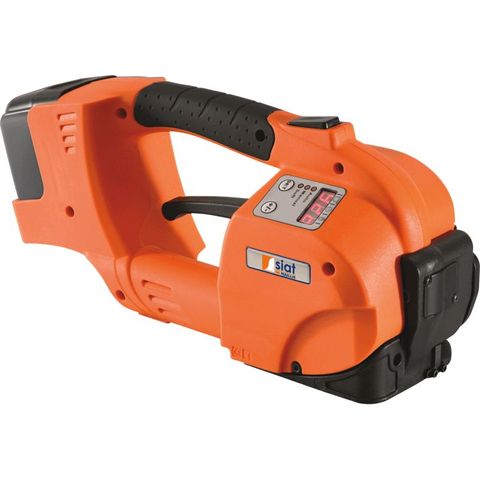Poppable Protection: Everything You Need to Know About Bubble Wrap
Poppable Protection: Everything You Need to Know About Bubble Wrap
Blog Article
packaging supplies are all-pervasive inside our daily lives, serving numerous functions from packing to storage. These come in different forms, measurements, and advantages, making them adaptable tools in personal and commercial contexts. Here's all you need to find out about cardboard boxes.

Past and Evolution
Cardboard, exclusively corrugated cardboard, was patented in 1871 by Albert Jackson of New York City. Jackson tried it for covering containers and glass lantern chimneys. The corrugated container, as you may know it these days, was designed by Robert Gair, who designed a machine to generate large volumes of bins. This innovation marked the beginning of volume creation and prevalent use of cardboard boxes.
Types of Cardboard Boxes
Corrugated Bins: They are the most typical variety and are made from corrugated paperboard, which includes a fluted corrugated page and a couple of toned linerboards. Corrugated cases are known for their strength and durability, causing them to be well suited for shipping and saving weighty goods.
Foldable Cartons: Also called paperboard boxes, they are typically used for lighter items. These include cereal boxes, cells containers, and product packaging for little electronic products. They may be usually made from one level of paperboard.
Rigorous Cases: These are durable and frequently useful for substantial-finish models like expensive jewelry, electronics, and beauty products. As opposed to corrugated and collapsable cartons, firm cases usually do not fold or breakdown.
Manufacturing Procedure
The developing of cardboard boxes consists of numerous actions:
Pulping: Timber french fries are broken down into pulp, which can be then cleaned and refined.
Pieces of paper Making: The pulp is spread and pressed into sheets of papers.
Corrugation: For corrugated boxes, paper is approved through corrugating rolls to generate the fluted page. This is certainly then fixed between two linerboards.
Slicing and Shaping: The corrugated sheets or paperboards are cut and designed into boxes utilizing perish-slicing models.
Printing and Coating: Boxes are frequently imprinted with branding or product details and may be layered for added durability.
Employs and Positive aspects
Cardboard boxes are primarily useful for packaging and shipping and delivery. Their benefits consist of:
Protection: Cardboard offers a protecting level around goods, safeguarding them from bodily problems during transit.
Customization: They can be easily customized with regards to dimension, shape, and design and style to match distinct requires.
Sustainability: Most cardboard is recyclable and made from green resources, making it an environmentally friendly packaging solution.
Inexpensive: Cardboard is comparatively low-cost in comparison to other wrapping supplies, rendering it a cost-efficient option for companies.
Environment Affect
Among the substantial advantages of cardboard boxes is recyclability. Recycling cardboard lowers the need for virgin materials helping help save sources. Nevertheless, it is very important make sure that cardboard is disposed of properly. Toxified cardboard (with food, fats, or other elements) can not be reused efficiently and might wind up in trash dumps.
Improvements and Tendencies
The cardboard box sector is continually evolving. Some latest styles include:
Wise Packing: Integrating technological innovation such as QR codes and RFID tags into cardboard boxes to provide more info regarding the item and enhance the customer expertise.
Eco friendly Methods: Improving use of re-cycled resources and adopting eco-warm and friendly production operations.
Design Inventions: Development of more robust and lightweight designs to reduce shipping fees and enviromentally friendly effect.
Bottom line
Cardboard boxes are an important part of modern day logistics and packing. Their flexibility, charge-efficiency, and ecological positive aspects make sure they are an essential instrument in different industries. Because the need for sustainable packaging develops, the cardboard box market will probably carry on innovating, making certain these basic yet crucial storage containers keep related down the road.
Report this page